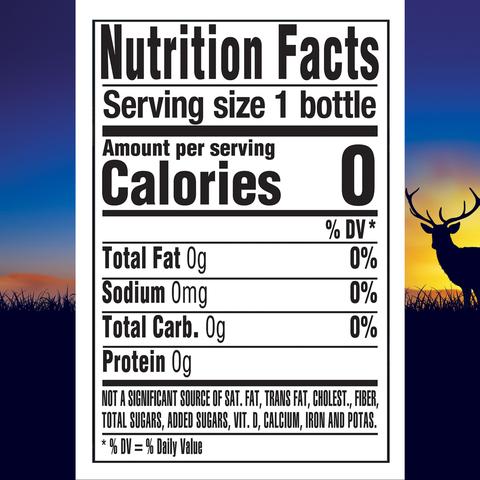The internet is rife with myth, heresies, and conspiracy theories born out of fiction, but mercury tipped bullets do not exist. Not commercially and not legally either. Also, a mercury tipped bullet wouldn’t become the explosive projectile imagined by Frederick Forsyth in Day of the Jackal.
I highly doubt there are ballistic advantages if any, that mercury tipped bullets may have over their standard counterparts. In the instance that a mercury-tipped round is successfully fired, it would be for but one deadly purpose.
How Deadly Would Mercury Tipped Bullets Be?
Depending on the purity of the mercury you want to use, you’ll need more than 10 grams or 0.353 ounces to make it potentially lethal. To overcome splatter and in the case of over-penetration, you’ll need to up the dose so that enough mercury is absorbed into the body.
The added payload weight would significantly mess with a mercury tipped bullet’s ballistics. Depending on the amount absorbed prior to the target getting medical help, any heavy metal poisoning won’t have immediate terminal effects.
Liquid mercury targets the liver, heart, kidneys, and the central nervous system. If a victim gets doses of a chelating agent, the effects of identifiable symptoms may be reduced.
While acute poisoning by mercury tipped bullets will often lead to death, it’s from liver or kidney damage that was pre-existing.
Another possibility is that the mercury will attack the central nervous system and the brain. All I am saying is, the mercury tipped bullets gunshot wound could prove more fatal than a secondary poisoning by the heavy metal.
However, some of its compounds, like mercury fulminate are highly toxic and sensitive to friction or heat.
A bullet tipped with mercury fulminate will explode, not in a dramatic Day of the Jackal style, but fragment further nonetheless. Unlike liquid mercury where the victim is slowly poisoned to death, mercury fulminate acts soon after the gunshot.
Let’s examine the myths surrounding mercury tipped bullets and scenarios where they have been tried and tested.
Forsyth’s Weight behind the Mercury Tipped Bullets Myth
The Day of the Jackal is Frederick Forsyth’s bestselling novel based on a real-life terrorist. He describes a process where bullets are filled with mercury, enabling them to explode on impact.
The bullet tip was drilled, and a drop of mercury poured into the hole, which was then sealed. According to Forsyth, when this bullet is fired, the mercury pushes forward to augment the round’s ballistic capabilities.
This concept, designed for maximum knockdown power, was one envisioned sorely in a work of fiction, though a few individuals claim to have tried it. It capitalizes on the bullet’s momentum and the continual devastation that the mercury carries past the fragmented round.
There are many holes that I can punch into a theory involving topping off bullets with mercury, or any other ballistic substance for that matter.
The very thing intended to make the slug explode on impact can also detonate when it’s firing from the chamber with grievous ramifications for the gun and the shooter. It’s all imaginable and may sound doable, but that’s until you factor in the physics.
And then there are legal angles since there is no way you’ll be wasting precious metals like mercury at the range. Hunting is also out of the question, and shooting such a bullet in self-defense will amount to murder.
That’s all if your mercury tipped bullets can deliver it to your target.
Amalgam Attributes of Mercury with Bullet Materials
Encasing mercury on the tip of a bullet is a procedure that shouldn’t be attempted without protective gear. Mercury is a toxic metal and reacts in peculiar ways that might catch you off-guard, with dire consequences.
Like I stated earlier, making mercury tipped bullets has been attempted, albeit in controlled environments.
Kotzar’s Findings
One instance detailed by Geoff Kotzar in a Google Group’s discussion cites what happened when he used .22LR hollow points. He injected mercury into the hollow cavity and then applied epoxy to enclose it.
Kotzar left his rounds standing overnight and when he woke up the following morning, his lead slugs had turned silver-like. What he hadn’t realized is that mercury forms an amalgam or a composite with almost all metals.
This amalgam can be solid, soft, or liquid depending on the ratio of mercury. A good example of common amalgam use is in dentistry for dental fillings and in gold mining where ore is amalgamated with mercury.
Dental fillings, particularly from before composite resins were developed, used tin, copper, silver, zinc or indium. The resultant amalgams were soft and plausible during the application but hardened as the metal was added to proportions greater than the mercury ratio.
The lead hollow points .22LRs in which Geoff Kotzar encased mercury readily became amalgams, turning a silver color. He didn’t find a trace of the mercury, and the cavity only contained the receded epoxy at the bottom.
The resultant amalgam, despite the mercury present within, is a brittle and homogenous bullet that is bound to break up mid-flight instead of exploding on impact.
This round may stray way off target due to interferences in its ballistic coefficients. After the amalgamation, there is no actual mercury that will leach out of this slug, just like in dental tooth fillings.
Going by the conventional hollow point cavity could be that a coating or an actual bullet made from a non-amalgamating metal holds the solution.
A few notable metals that mercury does not form amalgams with include iron, tungsten, tantalum, and platinum.
The Mercury Fulminate Angle
An alternative to liquid mercury tipped bullets would be to fill a hollow point, or drilled cavity with mercury II fulminate.
A primary explosive, mercury fulminate is used as a percussion or blasting cap trigger for igniting other explosions. This crystalline substance is highly sensitive to shock, friction or heat, and is similar to mercury II cyanate as both are isomers.
Mercury fulminate replaced flints as trigger means for muzzleloader black powder charges back in the 1820s. Years later, the compound was incorporated into primers for pistol and self-contained rifle ammo.
Although mercury fulminates potency weakens with time, it’s non-corrosive and decomposes into the elements which constitute it.
Due to the reduced mercury forming amalgams with brass cartridges, fulminate was replaced by more effective lead styphnate, tetrazene derivatives, and lead azide.
Mercury supplies can also be unreliable, and wartime supply deficits steered munitions manufacturers to try other chemistry.
Though not like books and movies purport, filling a bullet tip with crystals of mercury fulminate would create a projectile that explodes on impact. Fulminate ignites at less than 300° Fahrenheit, exploding with a velocity of about 4,000 fps.
I am taking the liberty to assume that firing the cartridge doesn’t make the bullet explode inside your gun’s barrel.
The person who created the mercury tipped exploding bullets myth may have heard about the explosive qualities of mercury II fulminate. I do not doubt that someone has tried it and probably ended up knee-deep in a mess, perhaps even a terminal one.
The Curious Case of a Deputy Shot with Mercury Tipped Bullets
Having trolled the internet and examined several stories researching the existence of mercury tipped bullets, one stands out.
In San Antonio Texas, a sheriff’s deputy was shot nearly 30 years ago but only died last year. Bexar County deputy Leo Gomez was shot by a gang-affiliated individual on the 24th of February, 1991.
Gomez was hit seven times with mercury tipped bullets, by a gang member named Enrique Lopez. The suspect, who had been stopped and questioned by the officer, pulled out a .45 automatic pistol and fired several mercury-tipped slugs at the deputy.
Although Gomez survived the shooting, the mercury remained within his body. This led to years of health issues, and an early retirement which culminated with terminal brain cancer.
Detectives later found out that the shooter had retrieved mercury from a thermometer, pouring it down the tips of his hollow-point bullets.
According to colleagues of the late deputy Leo Gomez, he suffered a lot and for many years. He did recover from the gunshot wounds and got back to work at the sheriff’s office.
A lot of blood work was done, and he became a sort of test subject for US air force medical researchers. Leo however surprised all his doctors by living when they expected him to die, and at that, vigorously at his love of motorcycles and police work.
He retired early from the Bexar county precinct three but continued to work as a reserve deputy constable. After a motorbike crash that left him with serious injuries in 2016, Leo was diagnosed with brain cancer.
This prompted his total retirement from law enforcement in 2018. He passed away at the age of 63, on Thursday, May 2nd, 2019.
Are Exploding Rounds a Myth Too?
Although not actually in use at the time, exploding bullets were discovered over a century ago. When their destructive nature came under review, however, the 1868 St. Petersburg declaration was instituted.
This states that inflammable projectiles or explosives under 14 ounces should never be employed during wartime.
Examples of the explosive rounds in existence at the time were the 7.62mm x54R Russian machine gun cartridge. These had a phosphorous and tetryl internal charge.
Later, Pyrodex charges were added to handgun cartridges, sometimes with a mercury additive.
Due to the level of innovation and customization that’s present in the world of guns, individuals can easily obtain instructions on making bullets that explode.
One of the most infamous examples of the use of exploding rounds is President Ronald Reagan’s attempted assassination in 1981. The would-be assassin, a man named John Hinckley used Bingham Devastator rounds, slugs of which were extracted from the president and a policeman.
The .22 caliber Devastators are composed of an aluminum tip within which a lead azide center is lacquer sealed. You will not come across these rounds today, seeing as their sale was restricted following the 81 incident.
Explosive incendiaries inside small-caliber bullets tend to have inconsistent results. Mostly the explosion doesn’t happen, a fact that Reagan thanked for his life.
Expanding Bullets Can Be Confused With Exploding Ones
Rifle and pistol bullets have been designed that expand or mushroom on impact. Hunting rounds in particular have half jackets, exposing the soft nose so that the lead expands to minimize over-penetration.
During the Burmese campaign, the old lee Enfield .303 round-nosed bullets were modified at an arms factory in India. This increased their terminal capacity, and they earned the nickname ‘dum-dum bullets’.
With the adoption of spitzer rounds which are pointed, the dum-dum bullets faded into oblivion. The term is however still used to refer to expanding bullets.
The most common handgun round with expanding properties is the JHPs or jacketed hollow points. This bullet has an axial hole within which is a tiny polymer cap, where theorists insist mercury can be added.
When mercury is mentioned in conjunction with expanding rounds, it’s probably mercury compounds in the materials rather than elemental liquid mercury.
 Amy Trubek
Amy Trubek







![Air gun 101: The differences between .177 & .22 – Which jobs they do best ? [Infographic]](https://airgunmaniac.b-cdn.net/wp-content/uploads/2024/11/1773-218x150.jpeg)































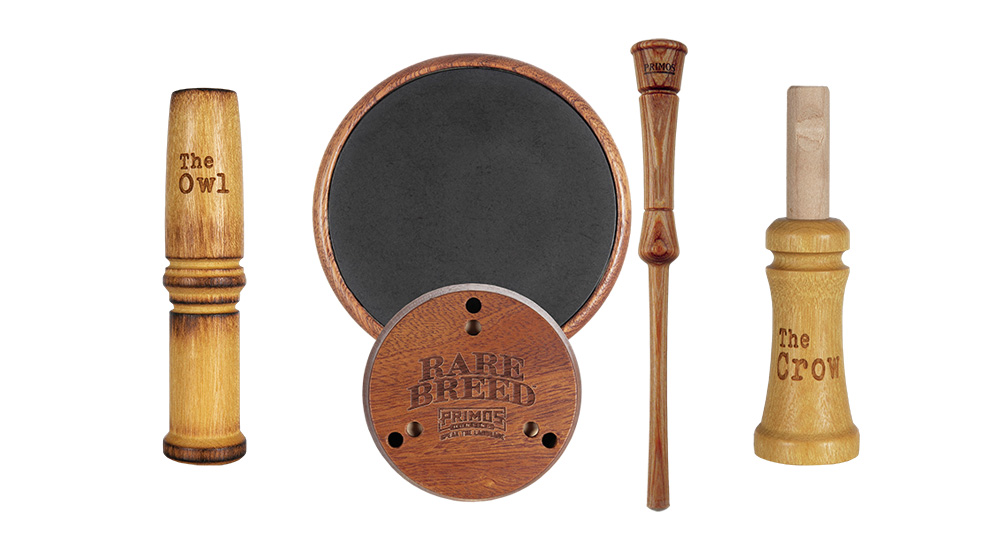
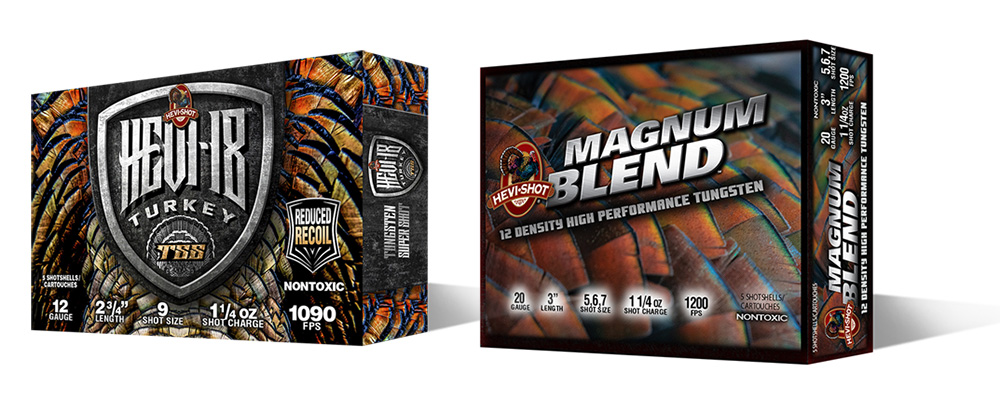


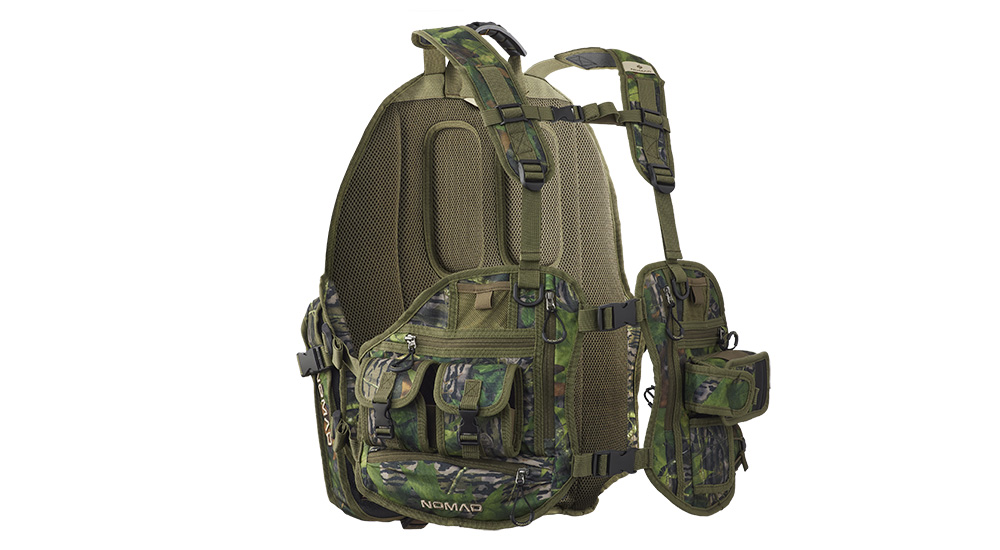
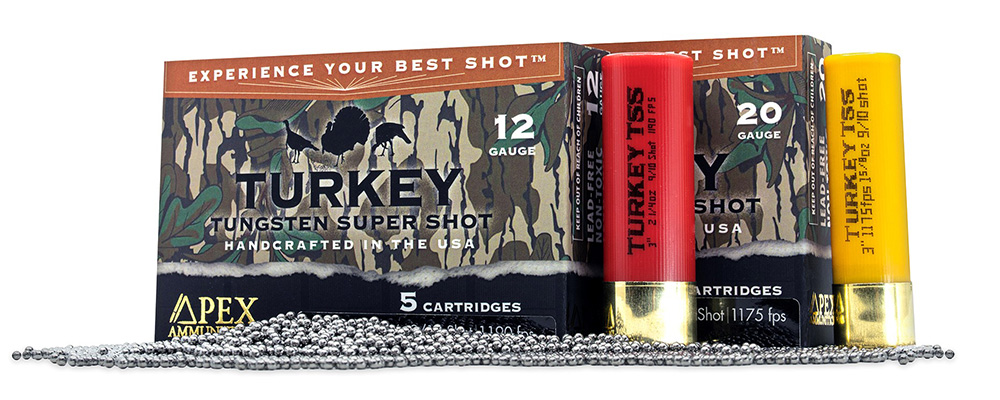
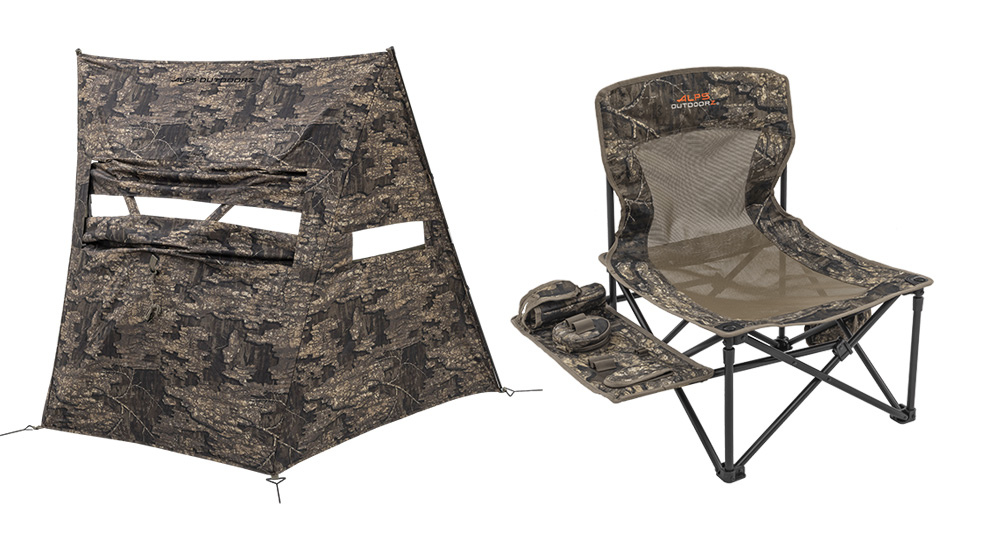








 Like with any hobby, shopping for gear can be just as fun and exciting as the activity itself.
Like with any hobby, shopping for gear can be just as fun and exciting as the activity itself. Another way to repurpose old fishing rods is by turning them into shelter rods.
Another way to repurpose old fishing rods is by turning them into shelter rods.






